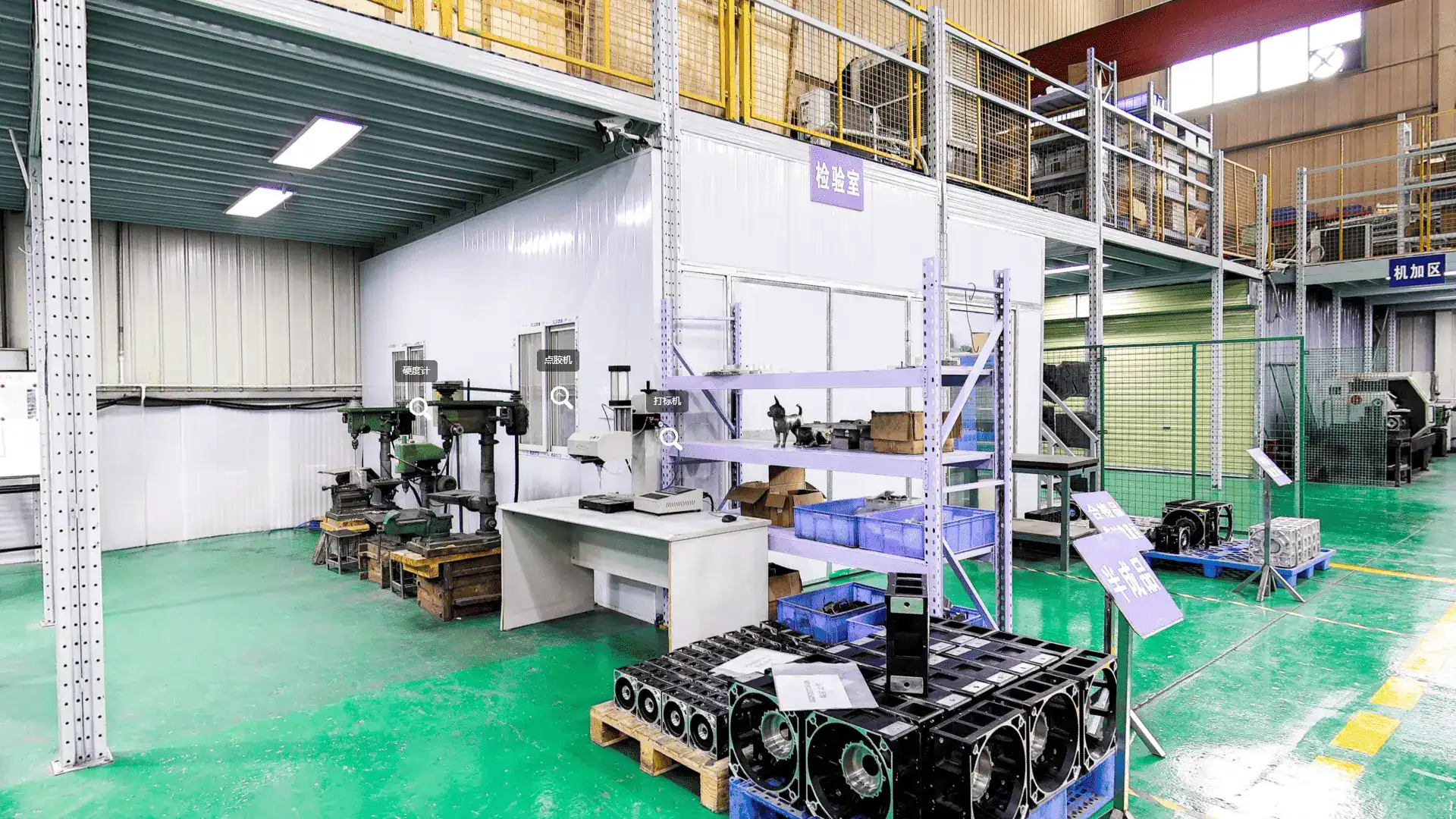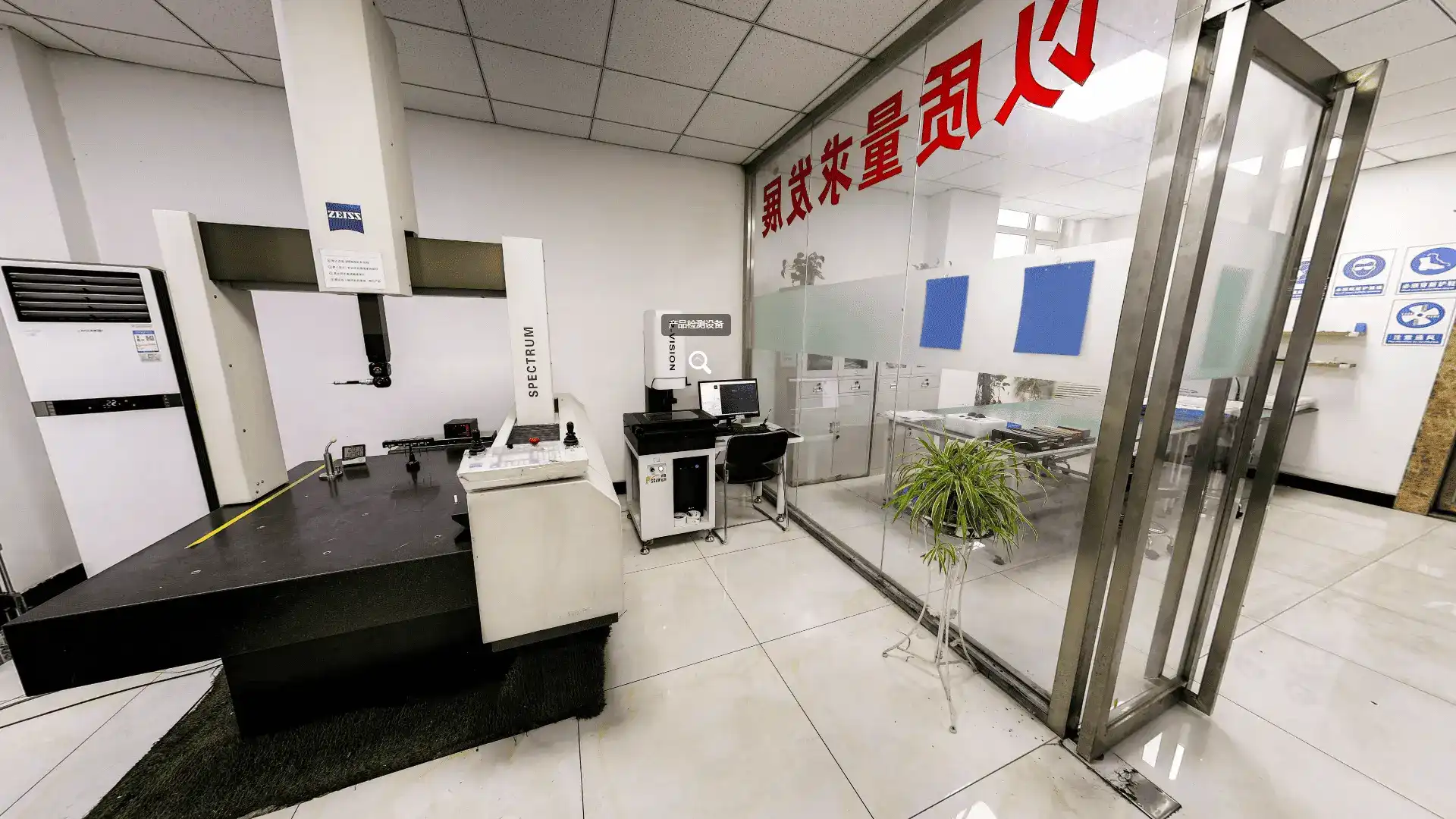Aluminium Alloy Die Casting
Aluminium Alloy Die Casting
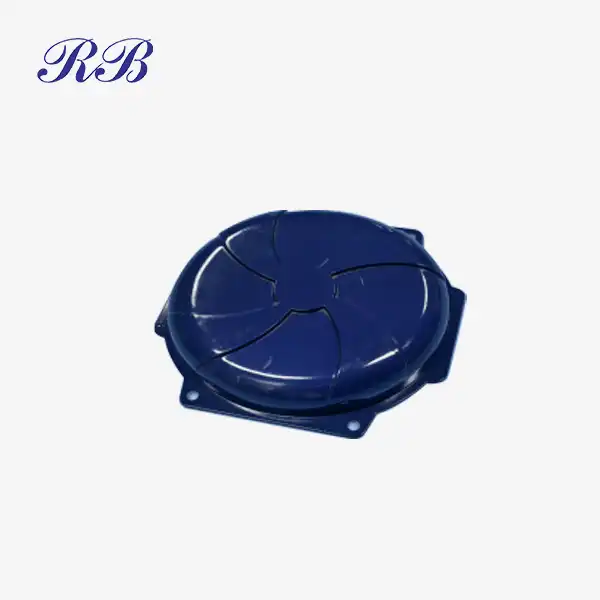 VIEW MORECasting Motor End Cover
VIEW MORECasting Motor End Cover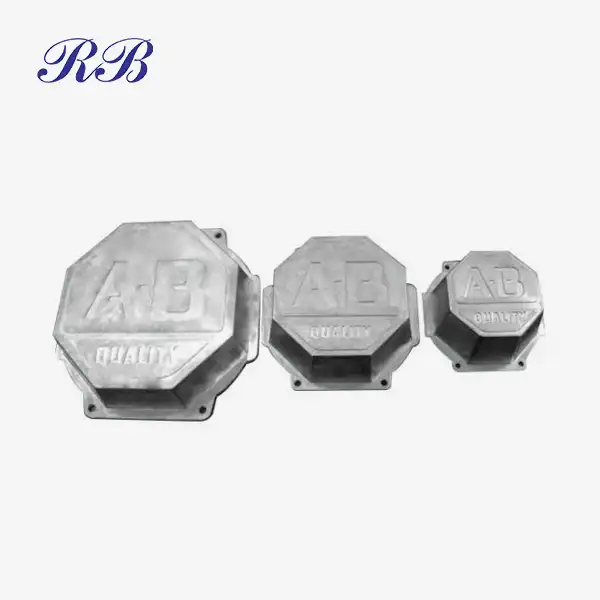 VIEW MOREMotor Cover Casting
VIEW MOREMotor Cover Casting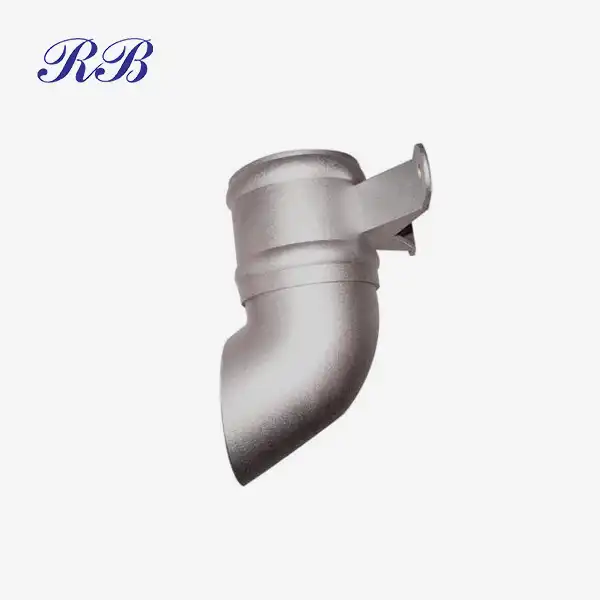 VIEW MOREStorm Pipe Connection
VIEW MOREStorm Pipe Connection VIEW MORECasting Motor Front Cover
VIEW MORECasting Motor Front Cover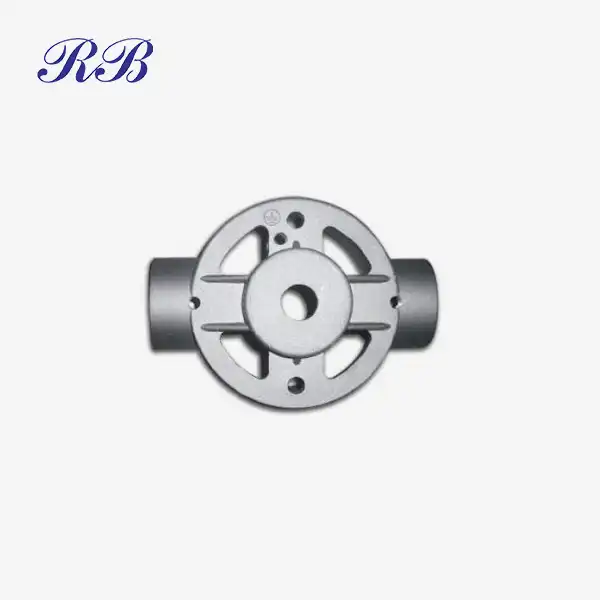 VIEW MORECasting Accessories
VIEW MORECasting Accessories VIEW MORECast Sink Filter
VIEW MORECast Sink Filter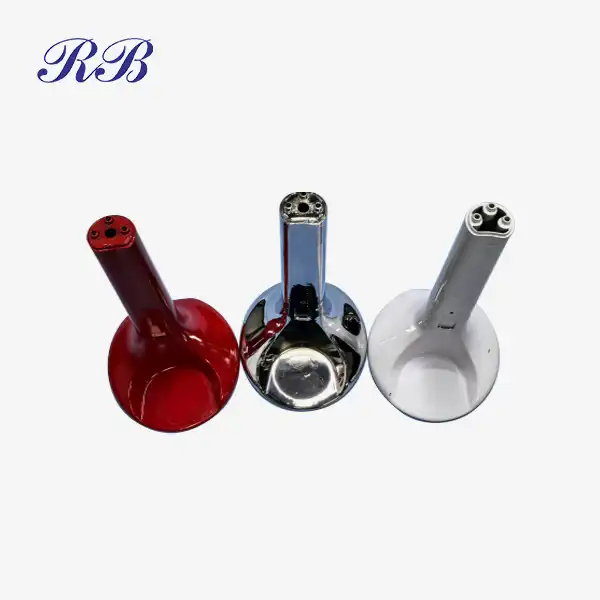 VIEW MORECasting Agitator Base Parts
VIEW MORECasting Agitator Base Parts_1735788785861.webp) VIEW MORECast Housing
VIEW MORECast Housing
Key Features of the Aluminium Alloy Die Casting Process:
(1) Mold Preparation: The process begins with the preparation of a robust steel mold, which is designed to withstand the high pressures and temperatures involved in die casting. The mold is treated with a release agent to facilitate easy removal of the finished casting.
(2) Melting the Alloy: Aluminium alloy is melted in a furnace until it reaches a liquid state. The temperature is carefully controlled to ensure optimal fluidity and quality of the molten metal.
(3) Injection: Once the alloy is molten, it is injected into the mold at high pressure, typically ranging from 1,000 to 3,000 psi. This high-pressure injection ensures that the molten metal fills all intricate details of the mold, resulting in a high-quality casting.
(4) Cooling and Solidification: After the mold is filled, the molten aluminium cools and solidifies rapidly. The cooling time can vary depending on the thickness of the casting and the specific alloy used.
(5) Mold Removal: Once solidified, the mold is opened, and the casting is removed. The finished product is then subjected to quality inspections to ensure it meets the required specifications.
(6) Finishing: Any necessary finishing processes, such as machining, surface treatment, or coating, are performed to achieve the desired specifications and enhance the product's performance.

Advantages of Aluminium Alloy Die Casting:
1.High Precision: The die casting process allows for the production of complex shapes with tight tolerances, making it suitable for applications that require high accuracy.
2.Lightweight Components: Aluminium alloys are known for their lightweight properties, which can contribute to overall weight reduction in products, particularly in the automotive and aerospace sectors.
3.Excellent Surface Finish: The die casting process produces components with a superior surface finish, often reducing the need for additional finishing operations.
4.Cost-Effective Production: While the initial setup may require investment, the efficiency and quality of the castings can lead to significant cost savings over time, especially in large production runs.
Aluminium alloy die casting is a reliable and efficient method for producing high-quality metal components. Its ability to create intricate designs while maintaining precision and durability makes it a preferred choice for manufacturers looking to meet the demands of modern engineering.
